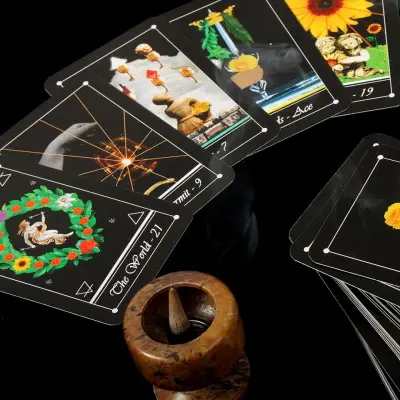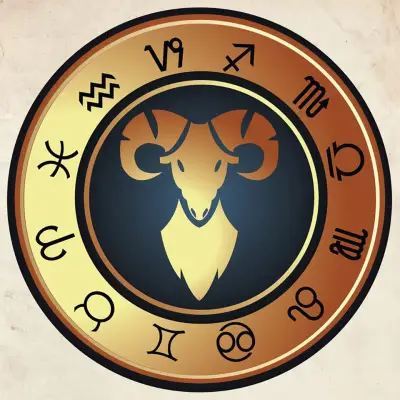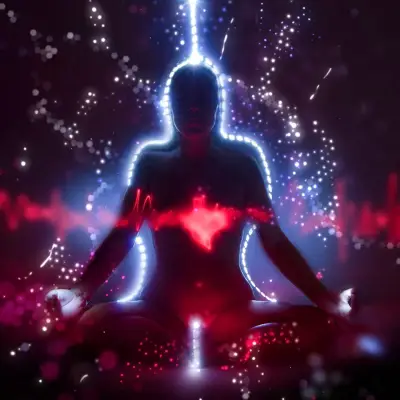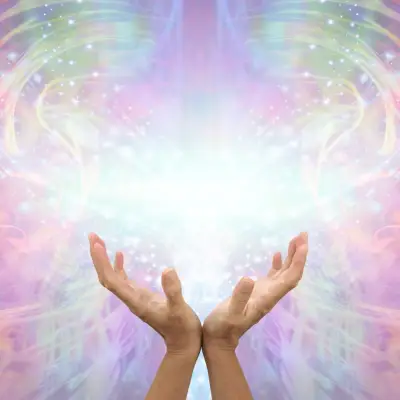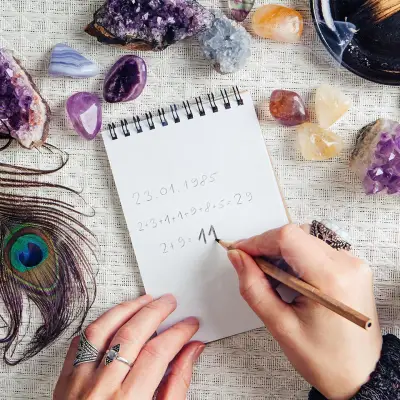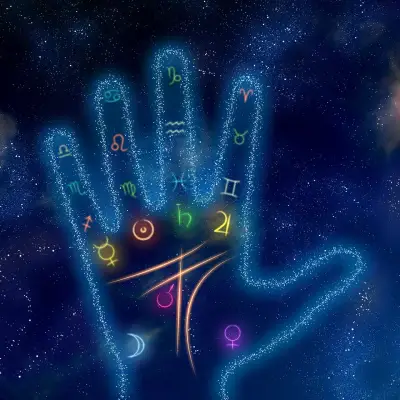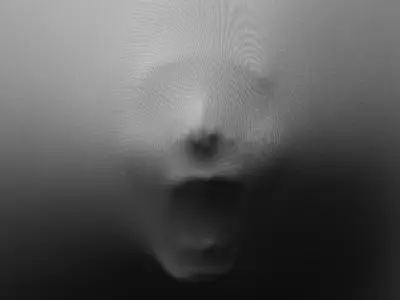Are you intrigued by the world of divination and card readings? In this article, we’ll explore the enchanting universe of oracle cards and how to use them.
Jump to:
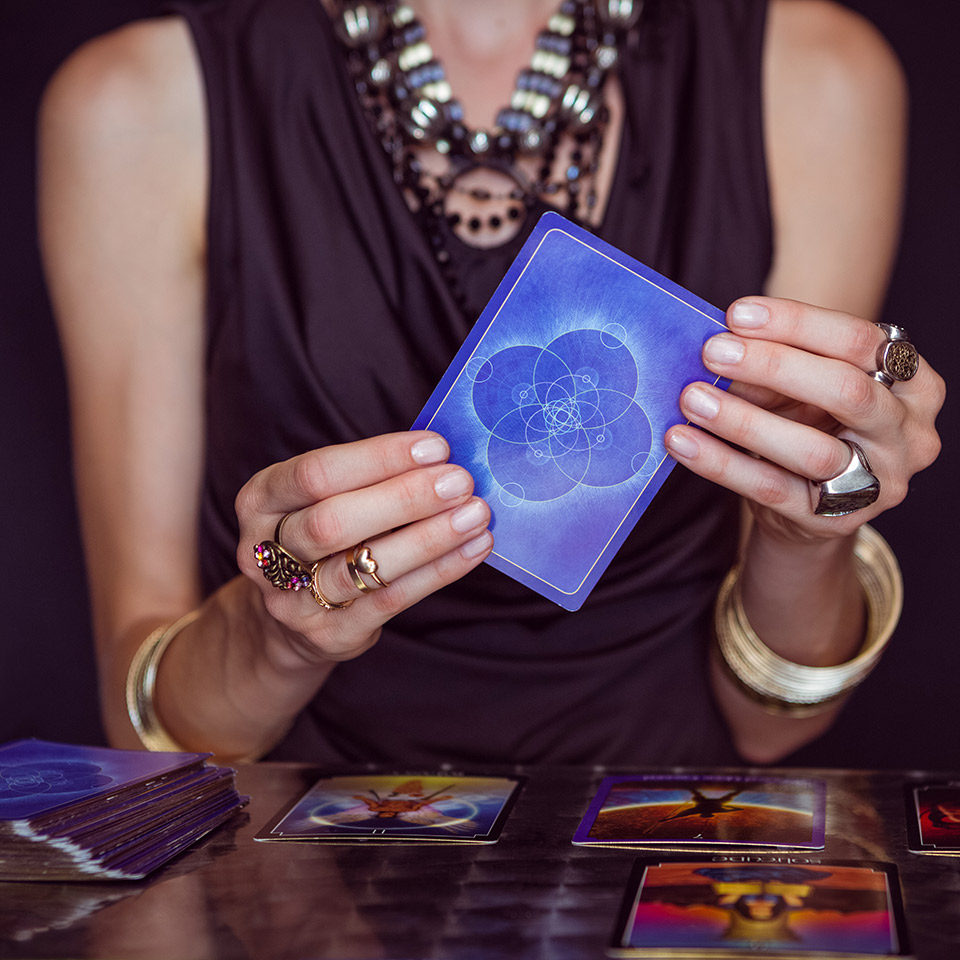
What are Oracle Cards?
Oracle cards are also referred to as Divination cards, and are used as a tool to gain inspiration and guidance in certain aspects of life.
Essentially, Oracle cards are a deck of cards, each with intricate and symbolic imagery - not to be confused with Tarot cards (we’ll discuss the differences later on). They serve a distinct purpose and work on the principle that the cards you draw are a reflection of your inner thoughts, emotions, and energies.
The history of Oracle cards goes back centuries. Unlike Tarot cards, which have a more structured and standardised system, oracle cards come in a multitude of themes and designs, and are often created by different artists and authors. One of the primary roles of Oracle cards is divination, which is the practice of seeking guidance via supernatural or spiritual means. They can help individuals to connect with their higher selves or spiritual guides. However, Oracle cards aren’t just used for divination; they also play a large role in self-reflection and personal development. Many people use these cards as a way to explore their emotions and life experiences, allowing them to gain more clarity and understanding of those events.
Generally the most common uses of Oracle cards are:
- Self-reflection - They can offer guidance on how to navigate life's challenges.
- Decision-making - When faced with difficult decisions, oracle cards can provide a fresh perspective and help you weigh your options.
- Spiritual growth - They can aid your spiritual development by connecting you to the spirit world.
- Emotional support - They can be a source of comfort and encouragement during challenging times.
Recommended for you!
Best SellersHow Many Cards are in an Oracle Card Deck?
Unlike tarot decks, which generally consist of 78 cards with a fixed structure, oracle decks come in a huge variety of sizes and card counts. This is because Oracle card creators are not bound by a specific number and have the freedom to be creative. Some decks may only have 30 cards, whereas others can consist of over a hundred cards. The size of the deck is usually determined by the theme of the deck and the intentions of the creator.
You’ll find that each deck can offer a completely unique experience, both in terms of the number of cards it contains and their meanings. When purchasing a deck of Oracle cards, you can therefore choose a deck that resonates with you personally.
How to use Oracle Cards
Now for the interesting bit - how to use Oracle cards! Before you start your card reading, you’ll need to prepare the deck.
Step 1 - Prepare your deck
Begin by cleansing your cards to remove any residual energies. This can be done by simply shuffling the cards or using techniques like smudging with sage or placing them under moonlight. Once you’ve done that, take a moment to centre yourself and set a clear intention for your card reading. What question or aspect of your life would you like guidance on? This intention will help to guide your reading.
Step 2 - Create a sacred space
Creating a sacred space for your oracle card reading enhances the energy and focus of the practice, so find a peaceful and quiet space where you won't be disturbed. This can be indoors or outdoors: whichever feels right for you.
If you like, you can light a candle or burn incense to help set the mood for your reading. Some readers also like to include crystals like amethyst or clear quartz to support the energy or their readings.
Step 3 - Shuffle & Draw Cards
Now it’s time to shuffle and draw your oracle cards. Gently shuffle the deck while focusing on your intention. You can shuffle in any way that feels right for you, no matter whether it’s a traditional riffle shuffle or a simple mix of the cards. Then draw a single card or lay out a card spread. The most common spreads are past-present-future, one-card draws, or complex spreads with multiple cards. Whatever spread you choose, it should align with your intention and the depth of insight that you are seeking.
Step 4 - Trust your intuition
When interpreting the cards, try to observe the imagery, colours, and symbols and trust your initial impressions, paying attention to any thoughts and emotions that are evoked. You want to create a personal connection, so just allow your intuition to guide your interpretation of the cards and how they might be relevant to your real life situation. It’s always a good idea to record your card readings in a journal, so you can track your progress and revisit your insights.
The main thing to remember is that oracle card readings are highly personal and there are no strict rules to follow, so feel free to allow yourself to connect to the cards - this will only deepen and develop as you continue practising.
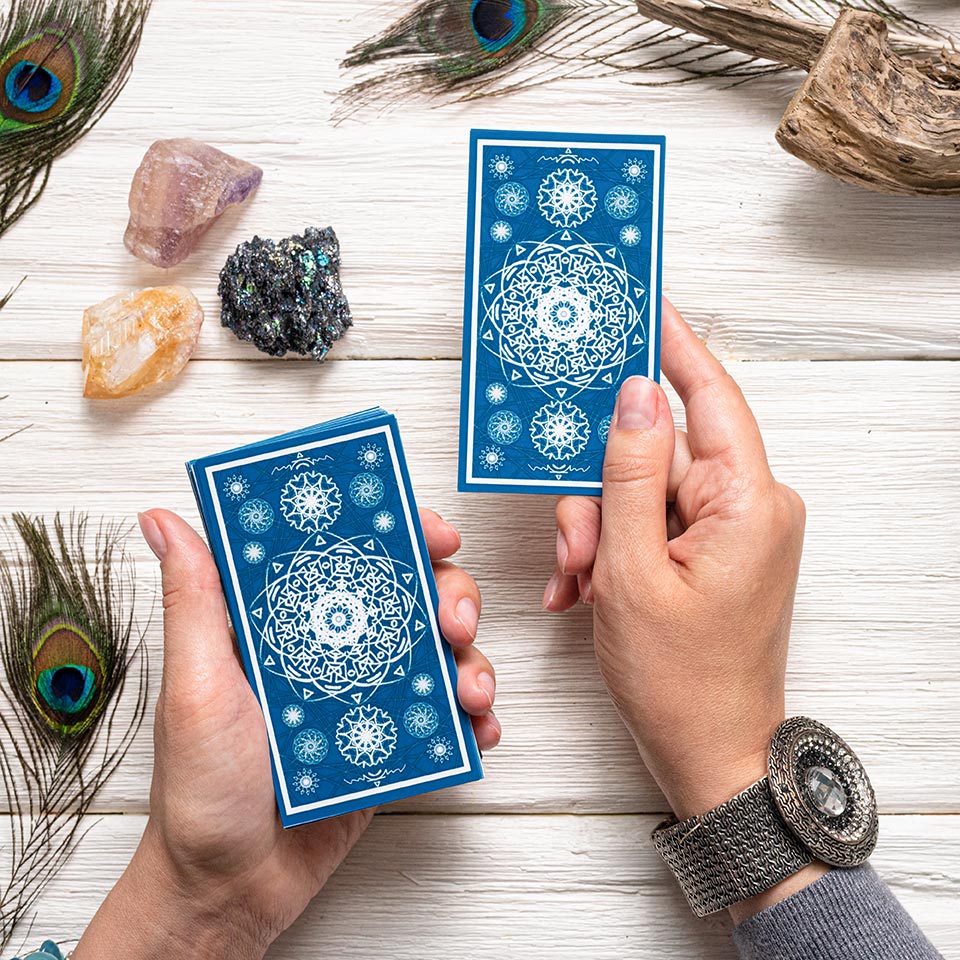
Differences Between Oracle Cards and Tarot Cards
We’ve mentioned tarot cards a couple of times in this article, and that’s because it is quite common for people to confuse the two card sets. Although they are both used for divination and self-reflection, they have completely unique characteristics, histories, and purposes.
As we touched on earlier, one of the main differences between oracle cards and tarot cards is the structure and number of cards within a deck. The number of oracle cards varies from one deck to another and depends on the creator's vision. They’re also often chosen for their thematic content and visual appeal. On the other hand, tarot cards consist of a standardised structure with 78 cards in a deck. This structure includes 22 Major Arcana cards and 56 Minor Arcana cards, which are divided into four suits.
In terms of their history, the origins of Oracle cards are rooted in multiple cultures and spiritual traditions, whereas the history of tarot cards is much better documented and has its origins in 15th century Europe.
Methods of interpretation and use also differ between the two types of cards. Oracle cards rely heavily on intuition and personal interpretation, which allows for more personal and flexible readings. They also come in many diverse themes, making them suitable for different types of guidance, such as angel cards, goddess cards, and animal spirit cards. On the other hand, Tarot cards follow a structured system with a long history of symbolism and specific reading methods. Each card has its own traditional meaning and their interpretation is based on a combination of card positions in a spread and the meanings associated with each card.
If you’re new to oracle cards or have had some experience and would like to refine your card reading skills, check out our Oracle Cards Diploma Course. Available for just £29 (save £118!), you’ll learn how to prepare yourself and others for a reading, understand how to read and interpret the cards, discover other uses for oracle cards, and even find out how to go about making your own!
